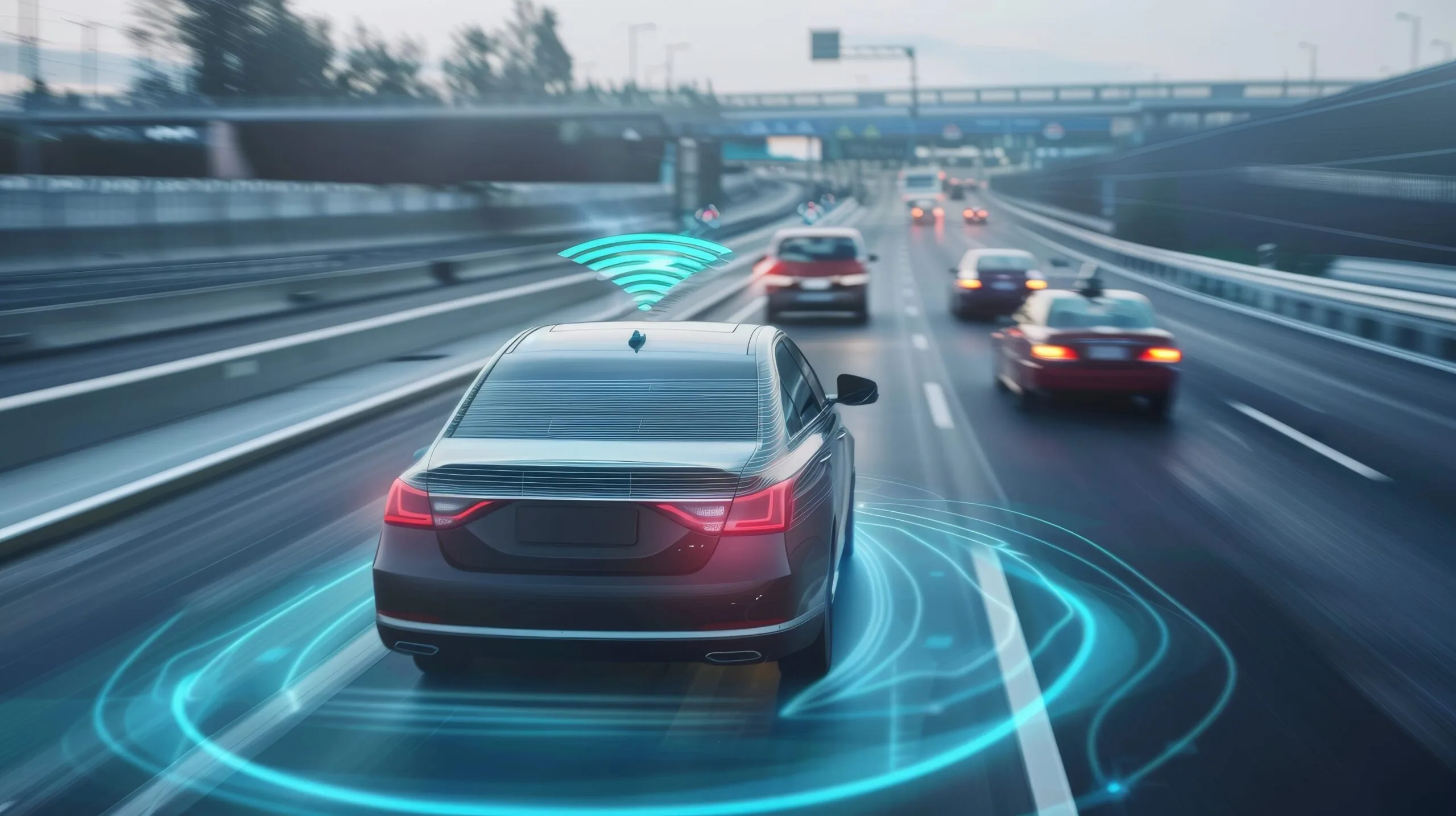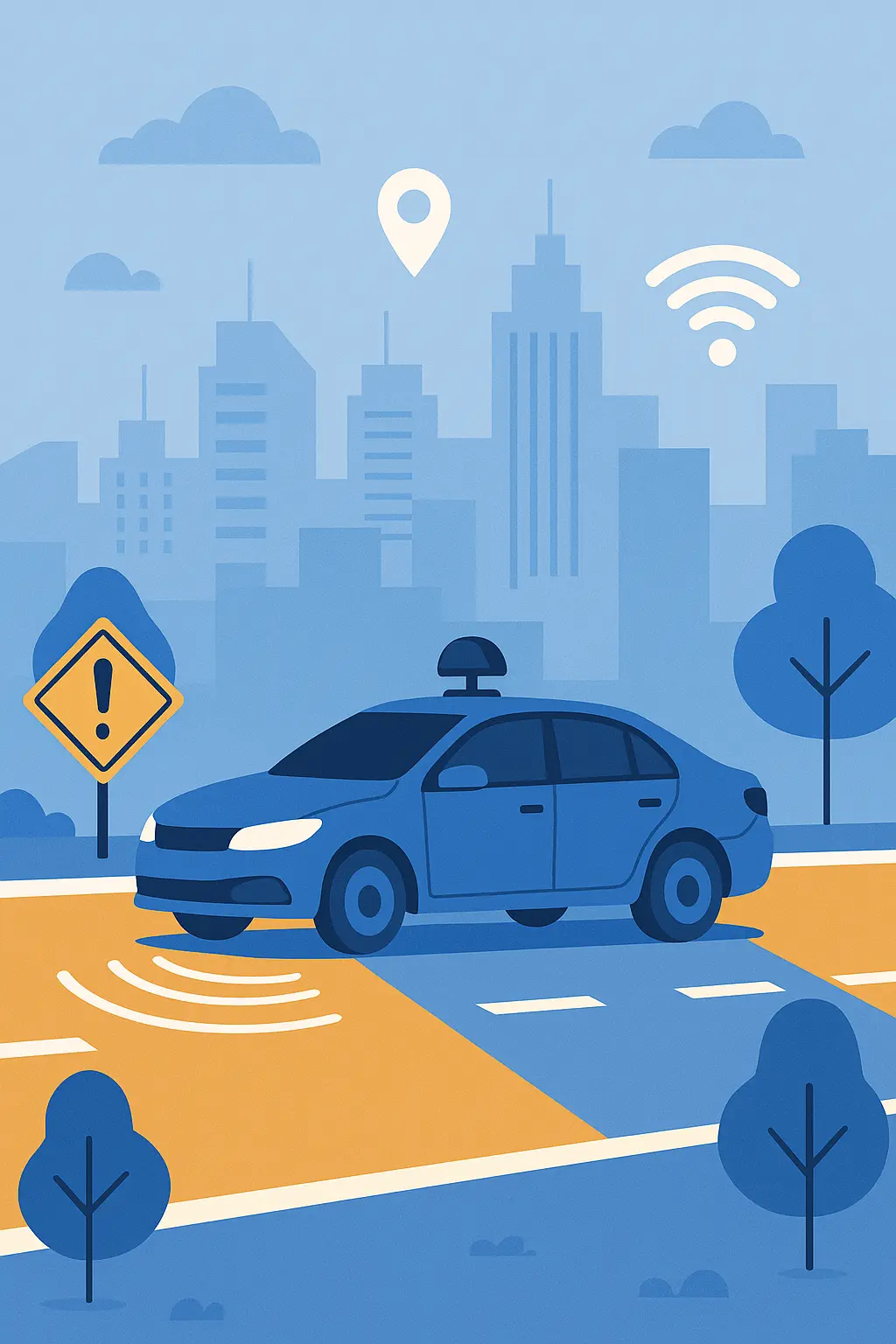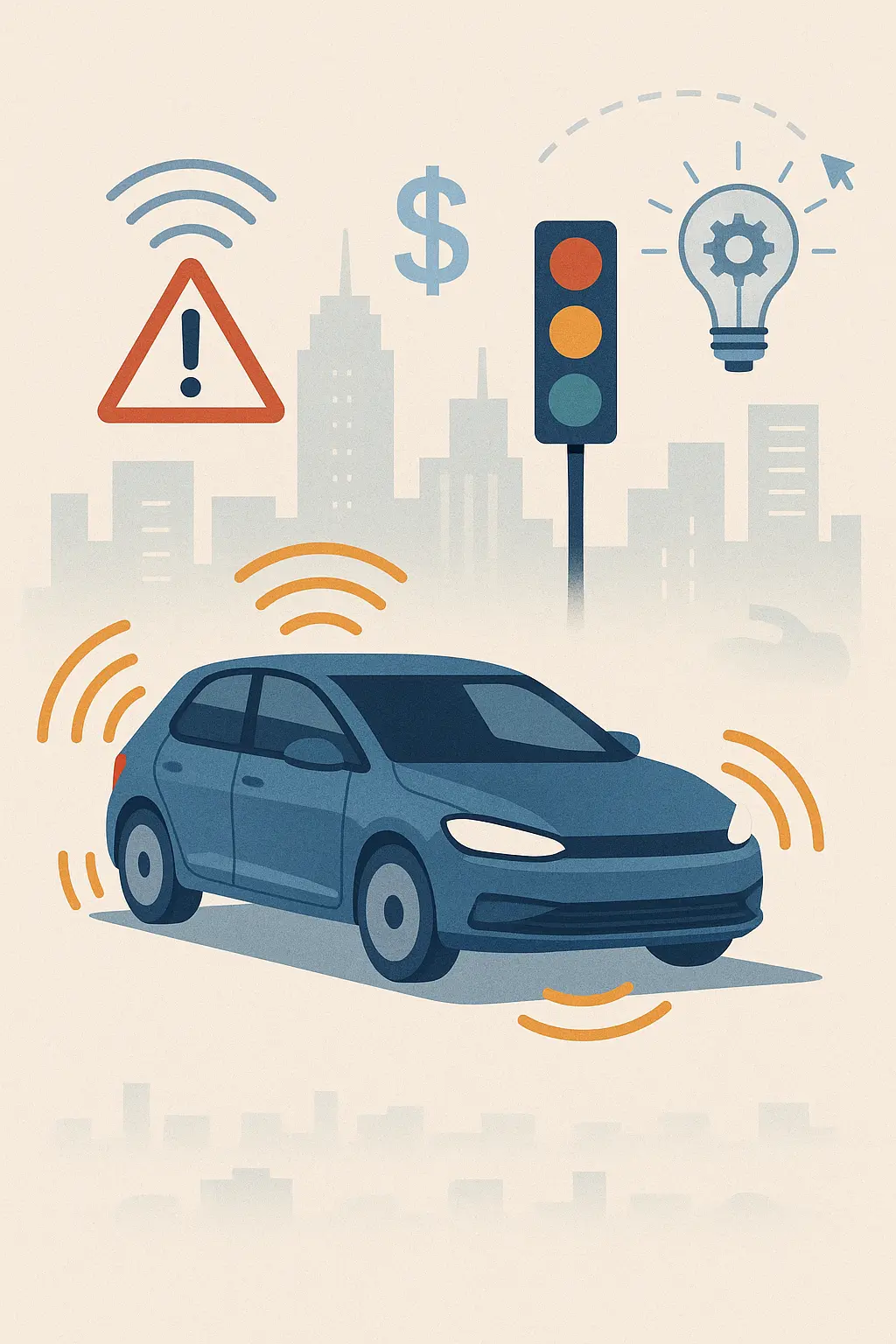
The Rise of Autonomous Vehicles: Challenges & Opportunities
Autonomous vehicles, powered by advancements in AI and sensor technologies, are poised to revolutionize the transportation industry by offering safer, more efficient, and accessible mobility solutions. These self-driving cars use complex algorithms to interpret their surroundings, make decisions, and navigate roads without human intervention. The benefits include reducing accidents caused by human error, decreasing traffic congestion through optimized driving patterns, and providing independence to individuals who are unable to drive. However, widespread adoption faces several challenges including technical limitations in complex urban environments, legal and regulatory hurdles, cybersecurity risks, and ethical concerns around decision-making in critical scenarios. The development of robust infrastructure, clear policies, and public acceptance will be crucial in realizing the full potential of autonomous transportation.
Transportation · AI · Autonomous Vehicles
The Rise of Autonomous Vehicles: Challenges & Opportunities
The future of mobility is arriving faster than expected. Autonomous vehicles (AVs), powered by AI and advanced sensors, promise safer roads, efficient traffic flow, and new opportunities for society. But alongside the hype lies a landscape of technical, ethical, and regulatory hurdles.
By Editorial Team ·

“AVs won’t just change how we drive—they’ll redefine our cities, economies, and lifestyles.”
The Evolution of Self-Driving Technology
Autonomous driving has progressed through five levels of autonomy, from basic driver assistance (Level 1) to fully autonomous, driverless vehicles (Level 5). Today, most systems sit at Level 2–3, offering features like lane keeping, adaptive cruise control, and automated parking.
| Level | Description | Examples |
|---|---|---|
| 1 | Driver assistance (steering OR acceleration) | Cruise control |
| 2 | Partial automation (steering AND acceleration) | Tesla Autopilot |
| 5 | Full automation, no driver needed | Concept robo-taxis |
Potential Benefits
- Safety: Human error causes 90% of accidents—AI can reduce this drastically.
- Traffic Efficiency: Coordinated vehicles minimize congestion.
- Accessibility: Independence for elderly and disabled people.
- Environmental Impact: Smoother traffic reduces emissions.

Challenges to Overcome
Urban Complexity
Cities are unpredictable environments with jaywalking pedestrians, cyclists, and unexpected roadwork. Training AI for every scenario is a massive challenge.
Legal & Ethical Dilemmas
Who is responsible in case of an accident—the manufacturer, the software developer, or the passenger? Ethical dilemmas like the “trolley problem” remain unresolved.
Cybersecurity
Hackers could exploit connected cars, creating safety risks at scale.
Public Trust
Acceptance will require transparency, rigorous safety validation, and staged rollouts.
The Road to Adoption
- Start with controlled environments (campuses, industrial zones).
- Introduce robo-taxis and shuttles in smart cities.
- Expand into highways before complex downtown areas.
- Gradually reach Level 5 autonomy.
Bottom Line
AVs promise a safer, smarter, and more accessible future, but the journey will require cooperation between tech firms, regulators, and the public. The question is not if AVs will dominate—but when.
“The future of driving is not driving at all.”